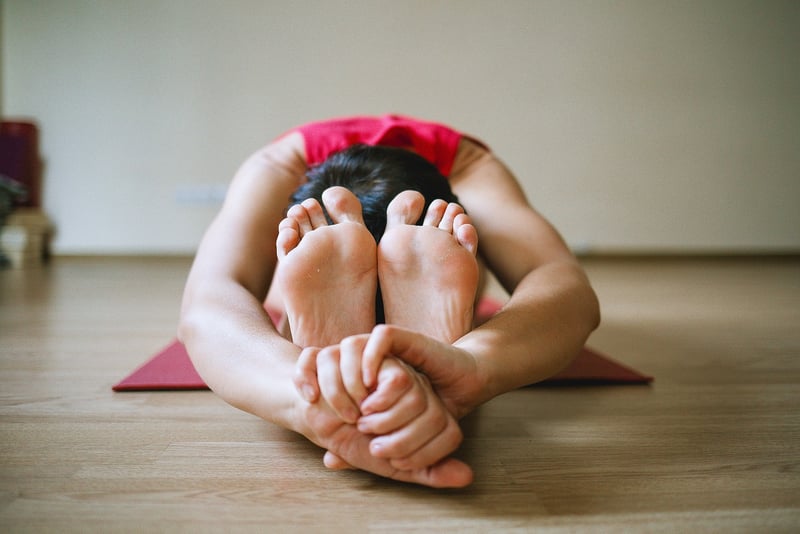Restorative
Mindful Movement Practices for a Restorative Mind-Body Connection
In today's fast-paced world, finding moments of stillness and peace is essential for our overall well-being. Incorporating mindful movement practices into your routine can help you cultivate a deeper mind-body connection, reduce stress, and promote relaxation. When paired with restorative techniques, these practices can enhance your physical and mental health, leaving you feeling rejuvenated and balanced.
The Benefits of Mindful Movement
Mindful movement, such as yoga, tai chi, or qigong, focuses on integrating breath with physical postures or movements. These practices promote awareness of the present moment, improve flexibility, balance, and strength, and help release tension and stress stored in the body. Regular engagement in mindful movement can also boost mood, increase energy levels, and enhance overall quality of life.
Restorative Practices for Deep Relaxation
Restorative practices, like restorative yoga or meditation, are designed to activate the body's relaxation response, calming the nervous system and quieting the mind. By using props to support the body in gentle postures, restorative practices encourage deep rest and rejuvenation, promoting healing on a physical and emotional level. These practices are especially beneficial for reducing anxiety, improving sleep quality, and enhancing mood.
Combining Mindful Movement with Restorative Techniques
When you combine mindful movement with restorative techniques, you create a powerful synergy that nourishes both body and mind. Mindful movement prepares the body for deep relaxation, making it easier to release tension and enter a state of profound rest. By incorporating elements of mindfulness, breath awareness, and gentle movement into your restorative practice, you can amplify its benefits and deepen your mind-body connection.
Integrating Mindful Movement and Restorative Practices into Your Routine
To start incorporating mindful movement and restorative practices into your daily routine, consider setting aside dedicated time each day for these activities. Find a quiet space where you can move freely and comfortably, allowing yourself to focus inward and let go of external distractions. Whether you choose to practice in the morning to energize your day or in the evening to unwind and relax, listen to your body's needs and honor its signals.
Remember, the key to reaping the benefits of mindful movement and restorative practices is consistency. Start with short sessions and gradually increase the duration as you build your practice. Be gentle with yourself, embrace imperfection, and approach each practice with an open heart and mind.
Conclusion
By incorporating mindful movement practices and restorative techniques into your routine, you can create a harmonious mind-body connection that promotes overall well-being and inner peace. Take the time to nurture yourself, listen to your body, and cultivate a sense of presence and mindfulness in each moment. Embrace the journey of self-discovery and transformation, knowing that every mindful breath and gentle movement brings you closer to a state of balance and wholeness.


